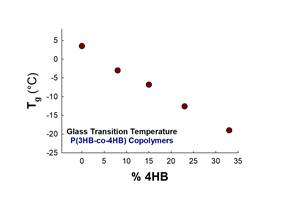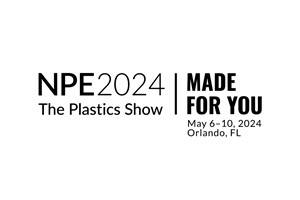PET Dryer Is Said to Cut Energy Use by 67%
A new method of recycling hot exhaust air back into the drying hopper of a wheel-type desiccant-rotor dryer is said to reduce energy consumption in high-volume PET processing by up to 67% relative to other desiccant dryers.
A new method of recycling hot exhaust air back into the drying hopper of a wheel-type desiccant-rotor dryer is said to reduce energy consumption in high-volume PET processing by up to 67% relative to other desiccant dryers. Substantial energy savings reportedly were verifi ed in beta testing by a large PET bottle maker of the new EnergySmart system from Conair, Pittsburgh. This system is an add-on option to the Carousel Plus desiccant-rotor dryer. Because it adds some complexity and expense, the EnergySmart option is recommended mainly for processors running large volumes (800 lb/hr or more) of hygroscopic materials that require drying at temperatures above 250 F. Besides PET, suitable applications could include polycarbonate sheet or film extrusion. In PET preform and bottle molding, resin is dried at 300 to 350 F for 4 to 6 hr in hoppers holding thousands of pounds. In a standard PET dryer, exhaust air leaving the hopper is still quite hot-around 200 F. Because the desiccant is less able to remove moisture at such temperatures, the air must pass through a water-cooled heat exchanger to drop the temperature to about 120 F. Thus about 80° F of heat energy is wasted. What's more, the air must be reheated to 350 F after it passes through the desiccant but before it reenters the drying hopper. Conair's EnergSmart system reduces this waste by means of a twostage system incorporating a hot-air drying circuit and a dehumidifi ed air circuit. Some of the 200 F return air leaving top of the drying hopper is channeled through a dust fi lter and then reheated to 350 F before it is reintroduced to the drying hopper via a special inlet cone in the center of the hopper about halfway from the bottom. "This recycled air is not quite as dry as normal drying process air," explains Pete Stoughton, PET sales manager. "Its dewpoint is between -20 and 0°F instead of the -40 F resin manufacturers recommend. But the main function of the recirculated hot air is to preheat the polymer in the top half of the hopper to the drying temperature." The low-dewpoint drying air required for PET is supplied by the EnergySmart system's dehumidifi ed air circuit. That -40 F dewpoint air is heated to 350 F and introduced to the center of the hopper at the bottom through an inlet cone in the tube-intube air distribution system. "Because we have preheated the PET to the drying temperature in the hot-air section of the hopper," says Stoughton, "we need a considerably smaller volume of desiccated air in the dehumifying zone. We need less energy to heat a smaller volume of air, and we can use a smaller dryer." Conair says this system can save $3.05/1000 lb of PET, based on an electricity cost of 5.5¢/kwh. The volumes of recirculated hot air and dehumidifi ed air are adjusted in the EnergySmart system by the Conair Drying Monitor. A long probe in the drying hopper has six temperature sensors to monitor different zones. The hopper temperature profi le is continuously displayed on the operator screen. Tel: (412) 312-6000 . www.conair.com
Conair
One Conair Dr. Pittsburgh, PA 15202
Phone (412) 312-6000 Fax (412) 312-6320
Related Content
Inside the Florida Recycler Taking on NPE’s 100% Scrap Reuse Goal
Hundreds of tons of demonstration products will be created this week. Commercial Plastics Recycling is striving to recycle ALL of it.
Read MoreFilm Extrusion: Boost Mechanical Properties and Rate of Composting by Blending Amorphous PHA into PLA
A unique amorphous PHA has been shown to enhance the mechanical performance and accelerate the biodegradation of other compostable polymers PLA in blown film.
Read MoreThe Importance of Mass Balance in Chemical Recycling
Approaches to mass balance can dramatically impact calculations of recycled content.
Read MoreProcessing Megatrends Drive New Product Developments at NPE2024
It’s all about sustainability and the circular economy, and it will be on display in Orlando across all the major processes. But there will be plenty to see in automation, AI and machine learning as well.
Read MoreRead Next
Lead the Conversation, Change the Conversation
Coverage of single-use plastics can be both misleading and demoralizing. Here are 10 tips for changing the perception of the plastics industry at your company and in your community.
Read MoreMaking the Circular Economy a Reality
Driven by brand owner demands and new worldwide legislation, the entire supply chain is working toward the shift to circularity, with some evidence the circular economy has already begun.
Read MorePeople 4.0 – How to Get Buy-In from Your Staff for Industry 4.0 Systems
Implementing a production monitoring system as the foundation of a ‘smart factory’ is about integrating people with new technology as much as it is about integrating machines and computers. Here are tips from a company that has gone through the process.
Read More










